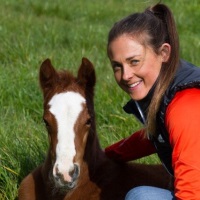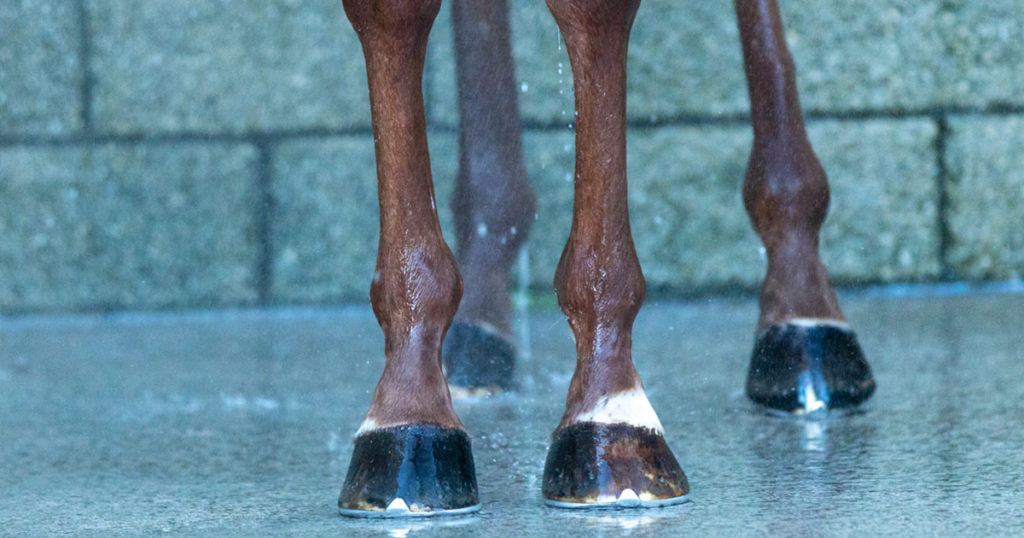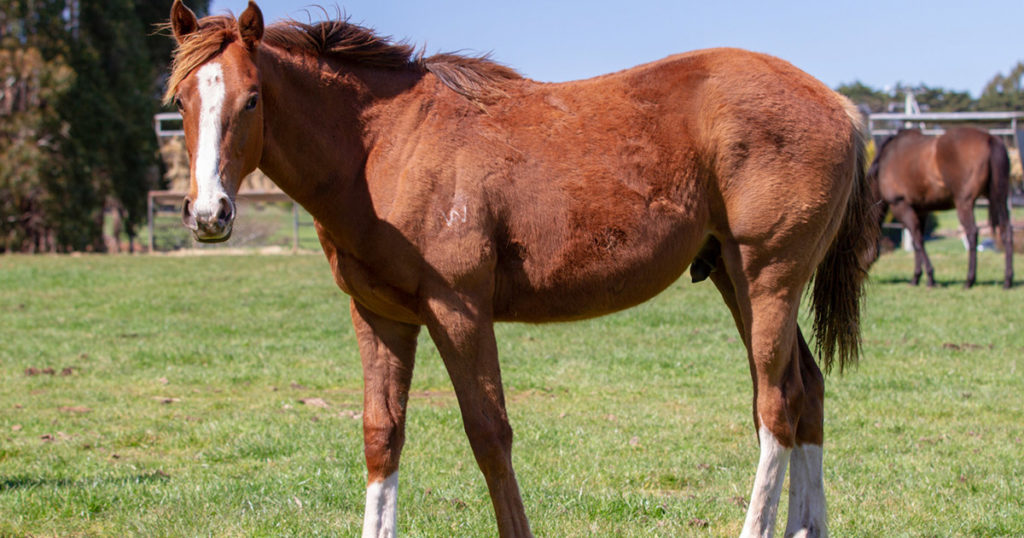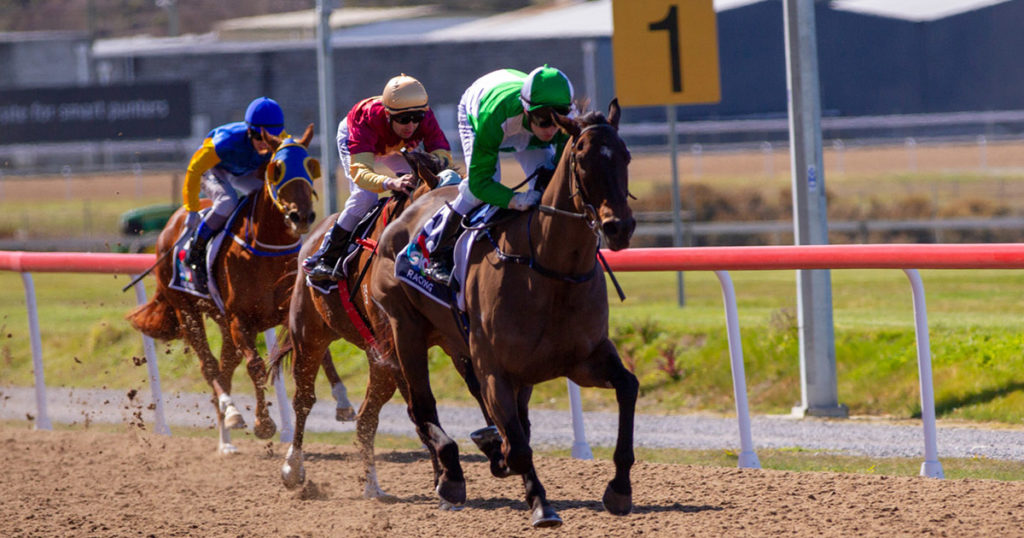We all want to do what’s best for our horses. Marketing experts employed by large brands know this. Clever product marketing targets this. That’s why it is common to find products which offer a seemingly quick and easy solution to help our equine friends with health difficulties.
The horse or pony prone to laminitis can be a challenge to keep healthy. Poorly managed or severe episodes of laminitis can lead to devastating consequences. Diligence and modification to the diet and management regime of a horse or pony at risk of or with laminitis are required to prevent further deterioration or episodes of the condition and keep the equine in the best health possible. If a supplement on the market claimed to prevent acute episodes of feed related laminitis AND didn’t require changes in the way we feed and manage our horses and ponies, then surely that would be great? On the surface, maybe, but when we understand about HOW such a product possibly prevents laminitis and the potential long-term health repercussions, then stopping to reconsider its use is certainly warranted. Especially when one of the leading equine veterinary authorities in the world completely ban its use.
One widely promoted and used product on the market contains the active ingredient Virginiamycin. Virginiamycin is an ANTIBIOTIC.
It is well known, researched and demonstrated that antibiotics have an adverse impact on gut health through several mechanisms. They kill off not only ‘bad’ but ‘good’ bacteria which play many essential roles in our horses’ and ponies’ digestive systems. Amongst other functions, these healthful bacteria help to break down the fibre in hay and roughage to produce ‘cool’ energy for our horses; they produce substances which play a role in preserving the lining of the gastrointestinal tract (GIT) helping to reduce inflammation and protect against ulceration; they produce B group vitamins, biotin and vitamin K- essential for energy production, hoof health, reproductive health, bone health and strength, and recovery from exercise to name a few; they are intimately involved in the production of neurotransmitters (chemical messengers which influence our horses’ moods, temperament, behaviour, gut motility, etc); and these helpful bacteria also play a crucial role in proper and healthy immune function. Furthermore, compositions of specific ‘good’ GIT microflora have been shown to play an important role in metabolism, blood glucose control and insulin sensitivity: all which may have a protective effect in the horse or pony at risk of insulin resistance (IR) and equine metabolic syndrome (EMS). It is well known that horses with IR and/or EMS are at an increased risk of laminitis.
Antibiotics are also known to increase intestinal paracellular permeability and promote intestinal barrier dysfunction- sometimes referred to as ‘leaky gut’. Episodes of laminitis are commonly a sequelae of the above.
Through the use of antibiotics, bacteria (both ‘good’ and ‘bad’) are kept in check (although with increasing antibiotic use and levels of antimicrobial resistance eliminating the ‘bad’ bacteria is becoming increasingly more difficult) thereby keeping some of the triggering factors to laminitis episodes at bay.
We KNOW that diet has a significant influence in the majority of cases of laminitis. We also know that the integrity of the GIT lining also plays a paramount role. In horses with poor digestive health (which is common and can be caused by many factors- visit the Articles section on Optim Equine’s website to read more) high grain/carbohydrate diets have been shown to change bacterial populations (to non-favourable bacteria) in the hindgut. These bacteria produce lactic acid through fermentation, damaging the GIT lining and contributing to a cascade of events that can result in laminitis. In theory, as long as the horse is kept on this antibiotic, rapid shifts in gut microflora which may precede laminitis are less likely to occur. Therefore helping to ‘prevent’ it.
There are a few issues with this. The constant use of antibiotics actually impairs the integrity of the gut lining through several mechanisms. One of the many supportive roles of ‘healthy’ bacteria are to protect and promote a healthy GIT lining. Part of this mechanism involves reducing intestinal inflammation.
Secondly, when a horse comes off the ‘supplement’ (medication) unless strategic dietary practices are implemented, the microflora balance will more likely default to an unhealthy one as a consequence of the use of antibiotics…thereby actually further increasing their risk of future episodes of laminitis than before they were on the supplement in the first place. Keep in mind too that antibiotics also degrade the protective barrier function of the intestinal lining.
Then we’ve got the nutritional consequences as a result in shifts in GIT microflora. Horses on antibiotics are now lacking the beneficial bacteria to help them properly digest and utilise fibre as an energy source, in addition to the myriad of roles those healthy bacteria play in overall health and performance as outlined previously.
Virginiamycin has been completely banned for animal use in the UK since 2014. This alone should ring alarm bells! The antibiotic was banned as it posed a risk to increased development of antimicrobial resistance. The Veterinary Medicines Directorate (VMD) also found no robust evidence that Founderguard prevents laminitis. They supported that this condition can be managed though animal husbandry and pasture management. They declared the use of Founderguard in horses no longer justified. Globally, we need to recognise the very real problem of antimicrobial resistance and responsible prescribing of antimicrobials in the veterinary profession. As the pathology which drives laminitis is not caused by bacterial infection, we must ask ourselves is the use of antibiotics in this instance responsible?
We have the opportunity to support healthy GIT microflora, promote healthy GIT integrity and feed our horses so they are able to perform at their best and be in the best of overall health and help prevent laminitis. This is largely dependent not only what we feed our horses, but how we feed them too. It also involves looking at the way we use routine medications in our horses and incorporating alternative strategies to minimise unnecessary use and addressing the side effects they cause when they are required…

Camilla Whishaw is a highly regarded, experienced horsewoman and naturopath, helping to holistically treat and manage a broad range of equine health conditions and injuries, with a passion for mare and stallion fertility.
As a world-renowned practitioner, presenter, author, and consultant in the field of Equine Naturopathy, Camilla shares her knowledge through keynote presentations, interviews, lectures, panel sessions, and workshop training.





